Kindly note that the version printed below has been edited with two of the images and accompanying captions not having appeared in the original BBC article by Joobin Bekhrad.
======================================================================
With mail processing delays around the world and the United States Postal Service (USPS) teetering on the brink of collapse as a result of the financial losses caused by the pandemic, as reported by Politico, many people are coming to realise just how crucial a role the mail plays in their daily lives.
Far fewer, however, may be aware of how the modern postal service came to be, and the ancient Persian institution that served as the model and inspiration for the USPS and other such delivery services.
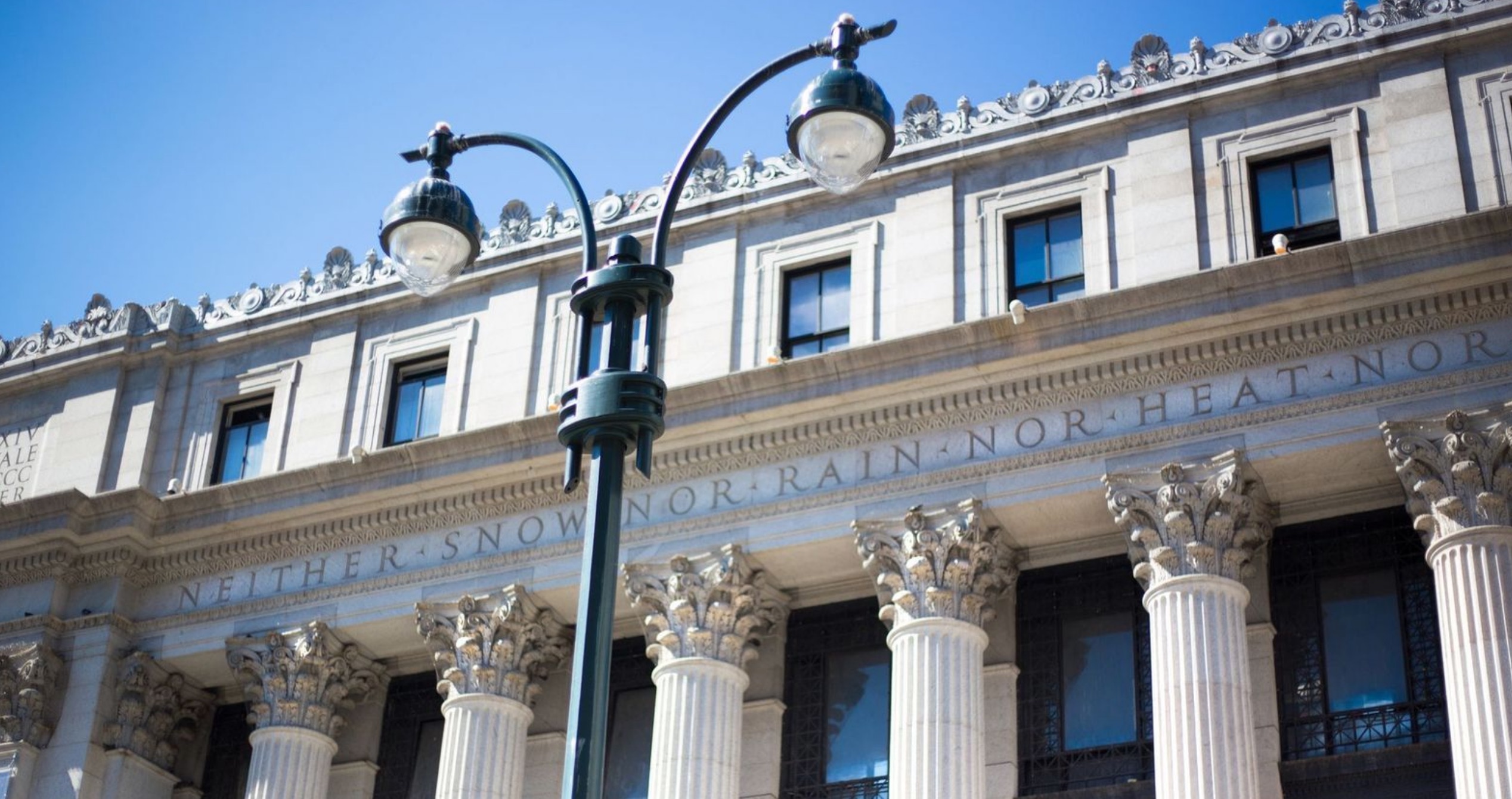
A modified description of the ancient Persian postal system now serves as the unofficial motto of the USPS (Credit: BBC & JannHuizenga/Getty Images).
Although civilizations like those of Egypt and China are said to have been among the first to use postal services, and the Neo-Assyrian and Neo-Babylonian Empires in modern-day Iraq were using forms of mail delivery before the Persian Empire was founded in the 6th Century BC, the Persians of Iran took the idea of a postal system to previously unseen heights – and then some. They used an extensive network of roads worked by expert horsemen who covered stupefying distances throughout the massive, diverse empire with bewildering speed and unwavering resolve.
The Achaemenid Persians (approx. 550-330 BCE) were able to deliver, through the use of a system of couriers on horseback (known as pirradaziš in Old Persian), messages from one end of the massive Persian Empire to the other in a matter of days. According to scholars, a message could be sent from Susa, the administrative capital of the empire in western Iran, to Sardis, in what is now western Turkey, in between seven and nine days, following the Royal Road, a sort of highway connecting the two cities. In the Histories, the Greek historian Herodotus – who estimated that the approximately 2,600km distance would take three months on foot – marks Susa and Sardis as the extremities of the Royal Road, but the Persian postal system was far faster.
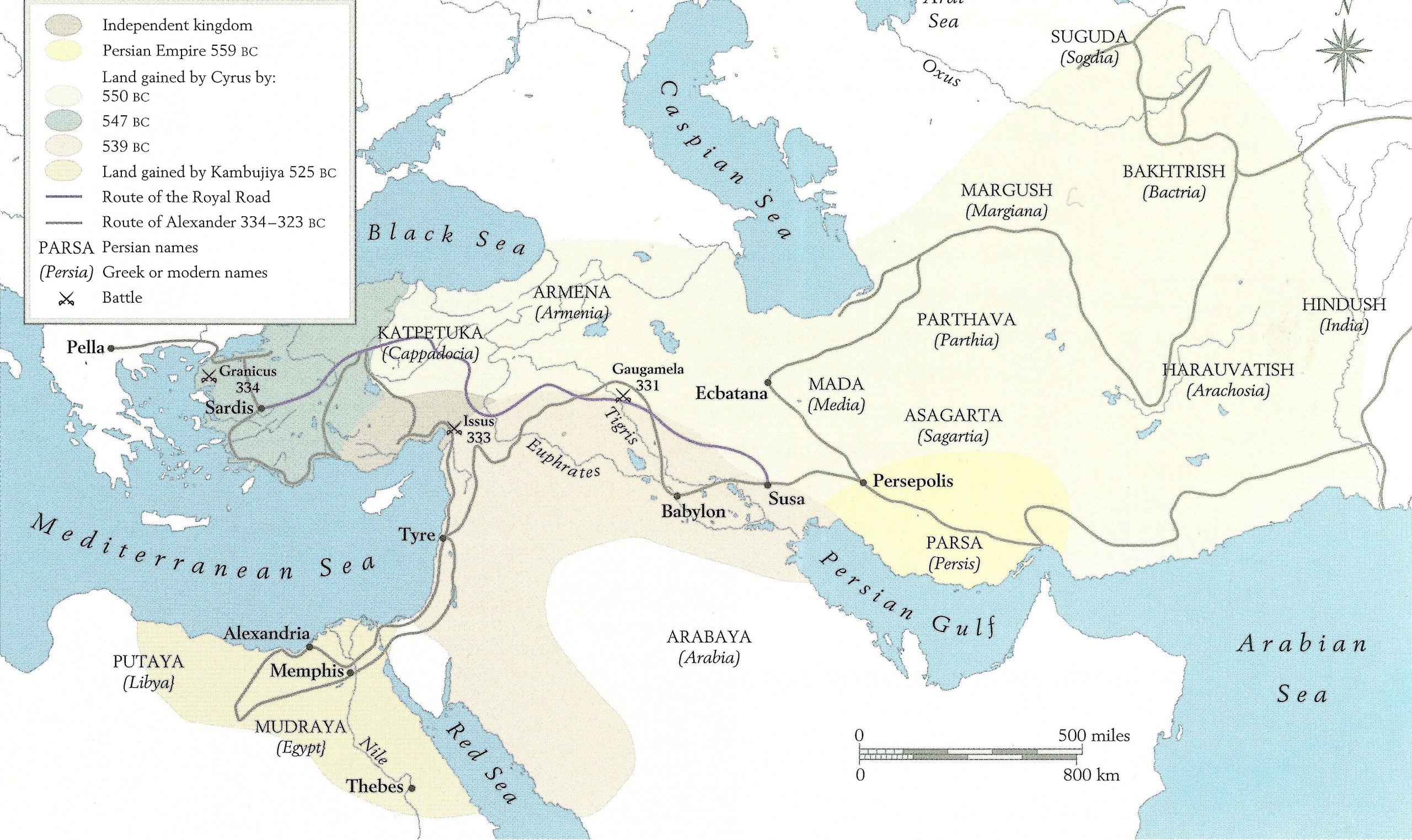
A map of the Achaemenid Empire drafted by Kaveh Farrokh on page 87 (2007) for the book Shadows in the Desert: Ancient Persia at War-Персы: Армия великих царей-سایههای صحرا-:. As noted by Bekhrad, the Persian Royal Road was an ancient highway built to facilitate rapid communication throughout the Achaemenid Empire (Credit: BBC & CPA Media Pte Ltd/Alamy).
At its peak under the reign of Darius the Great, the Persian Empire stretched from Greece to India. Briant notes in his book how tablets from Persepolis, the ceremonial capital of the empire, show that messages were sent to and from India and Egypt, also pointing out that the historian Ctesias mentioned the Greek city of Ephesus, too, in his writings.
Never before had messages been delivered on such a massive scale. The ancient Persian postal system was powered by horses that operated on a relay system, making journeys speedy and efficient. But the Persians would not have been able to cover the daunting distances they did in so little time had they not been expert horsemen. The ancient Iranians (of whom the Persians were just one of numerous peoples) were redoubtable when it came to horsemanship. The postal system aside, the Iranians inspired the use of cavalry amongst the Athenian Greeks, for example, and also devised the game of polo. Writes Dr Luc-Normand Tellier in Urban World History: An Economic and Geographical Perspective:
“Historically, the Persian Royal Road was the first major land structure conceived to thoroughly exploit horse transportation and relay,”
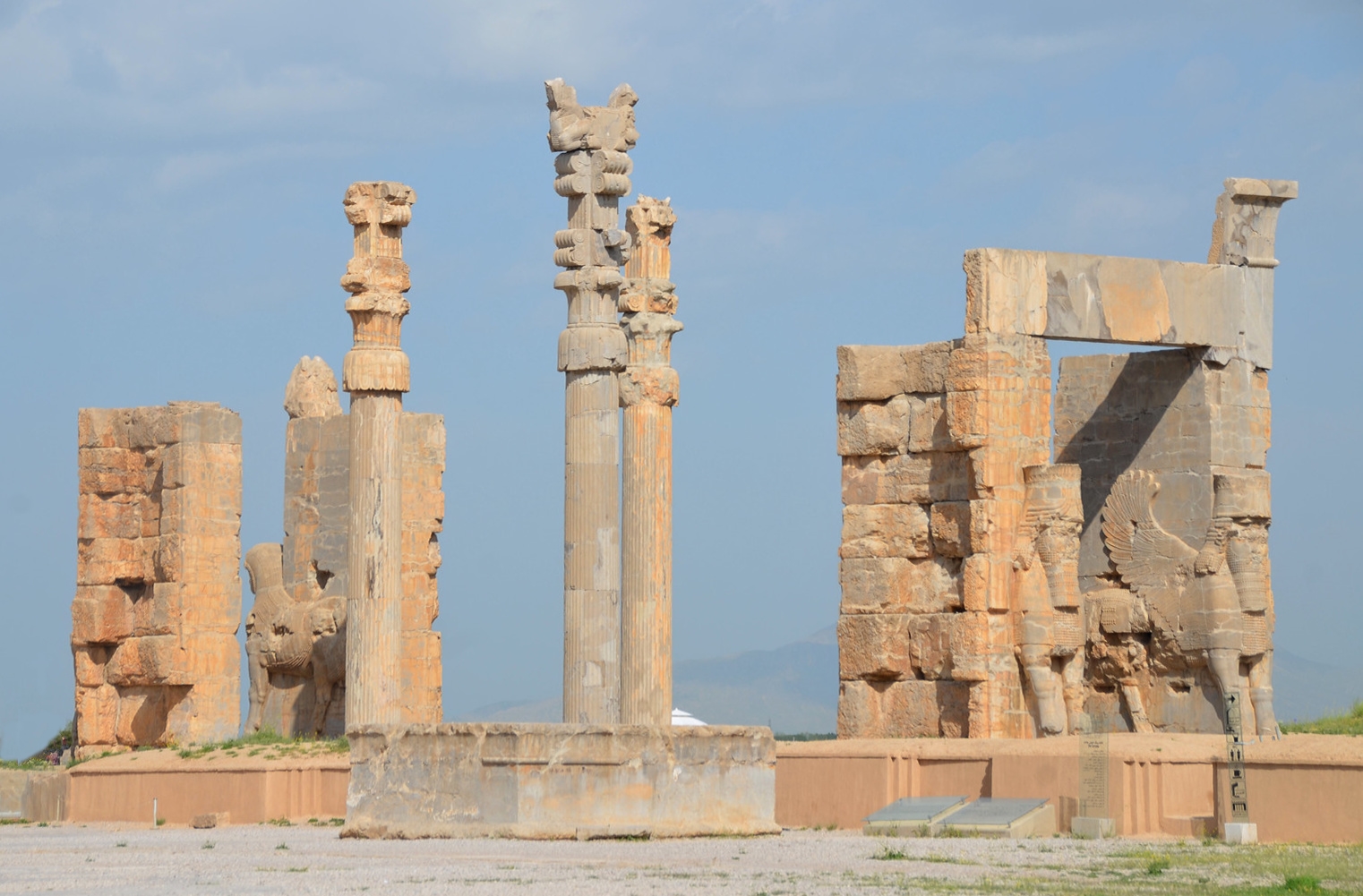
The Gate of All Nations at Persepolis was a structure which consisted of one spacious room whose roof was supported by four stone columns with bell-shaped bases. It had two large doors, probably made of wood, on the south and east of the spacious room, indicating that the gateway was designed to give access to both the Apadana and to the Throne Hall (Courtesy of: Following Hadrian Photography). For more see here …
According to Dr Lindsay Allen, a lecturer in ancient history at King’s College London, the Persian postal system was also impressive for its use of a standardised language across such a vast expanse, as well as its consistency in terms of message delivery and format. Although Old Persian was the Persians’ native tongue, the linguistically unrelated Aramaic was the administrative language of the empire and thus used in composing messages throughout it, much in the same way that English and Latin-alphabet transliterations are usually used on envelopes and parcels worldwide today. As noted by Allan:
“For long distances we’re looking at Aramaic on ink on prepared animal skin, folded up and sealed … This was the first time that consistently formatted letters, folded and sealed, were used. Unfortunately, we have only a few surviving parchment letters written in Aramaic… [but] even these suggest there was shared administrative practice between letters sent to Egypt and those sent by a local governor in Bactria.”
While the Royal Road was an incredibly efficient and effective way of delivering messages, it was also a route for commercial transport, travelers, tribute bearers and the deployment of armies.
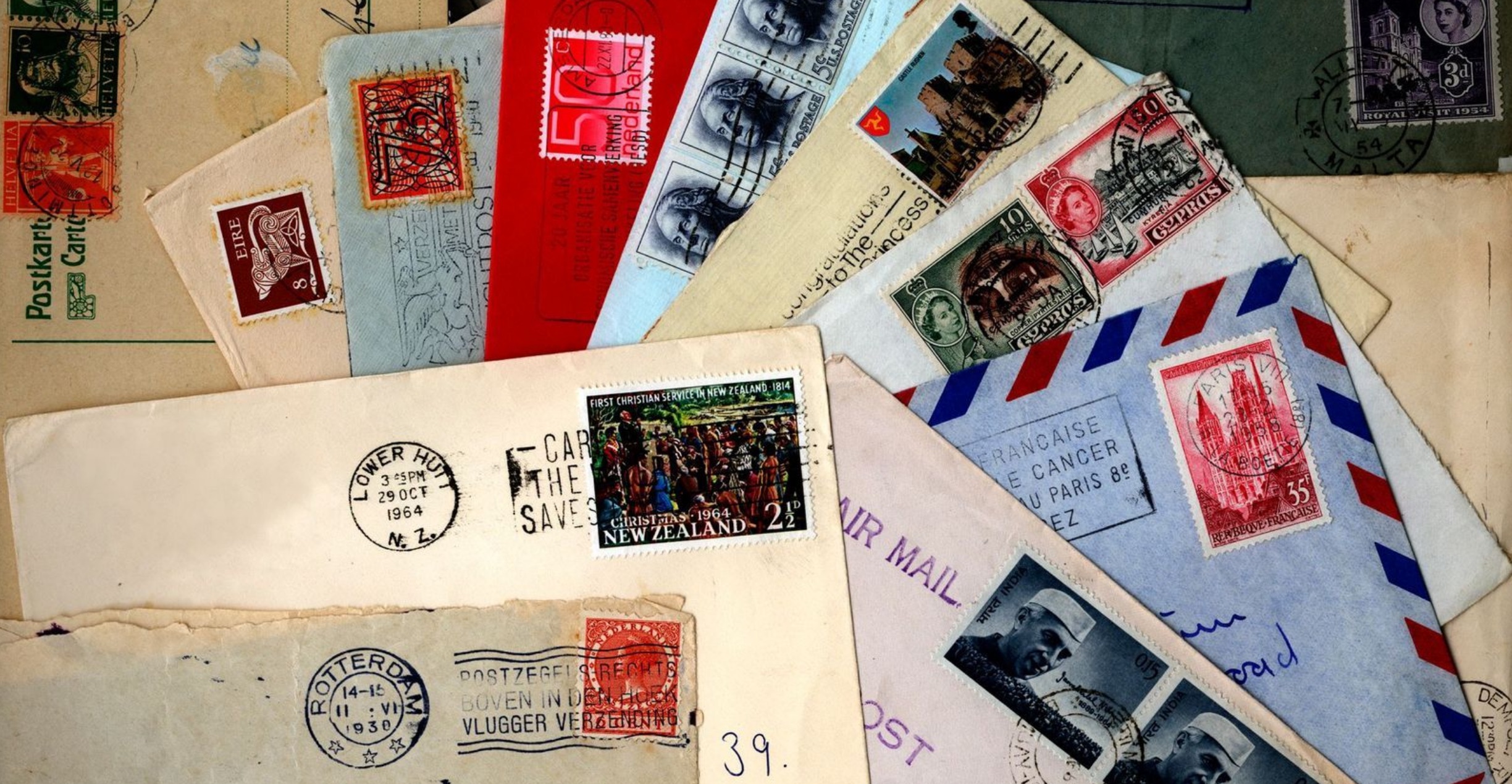
The Persian mail system inspired the USPS, and likely many other delivery systems too (Credit: BBC & Whitemay/Getty Images).
It was also used by the emperor to keep abreast of all the goings-on in the empire. In the Cyropaedia, a book in praise of Cyrus the Great that is still read as a classic guide to effective leadership, Xenophon attributes the establishment of the Persian postal system to Cyrus and describes his use of it in gathering intelligence. As noted by Xenophon:
“The king will listen to any man who asserts that he has heard or seen anything that needs attention … Hence the saying that the king has 1,000 eyes and 1,000 ears; and hence the fear of uttering anything against his interest since ‘he is sure to hear’, or doing anything that might injure him ‘since he may be there to see’.”
This was the first time that consistently formatted letters, folded and sealed, were used. According to Xenophon, Cyrus first found out how far a horse could travel:
“… when ridden hard” before breaking down, and then used this distance to set up stations at intervals throughout the empire. The couriers travelled from dusk till dawn, and Xenophon – who was once hired by the Persian prince Cyrus the Younger as a mercenary and had to flee back to Greece from Iran with his army when the former’s coup d’etat went awry – considered the Persian postal system to undeniably be the “fastest overland traveling on Earth”.
Herodotus also mentions the relay system in the Histories:
“The first rider delivers his charge to the second, the second to the third, and thence it passes on from hand to hand …”
Herodotus’ description of the Persian couriers gives added credibility to that of Xenophon, who wasn’t always the most historically accurate:
“There is nothing mortal that accomplishes a course more swiftly than do these messengers, by the Persians’ skillful contrivance… [They] are stopped neither by snow nor rain nor heat nor darkness from accomplishing their appointed course with all speed.”
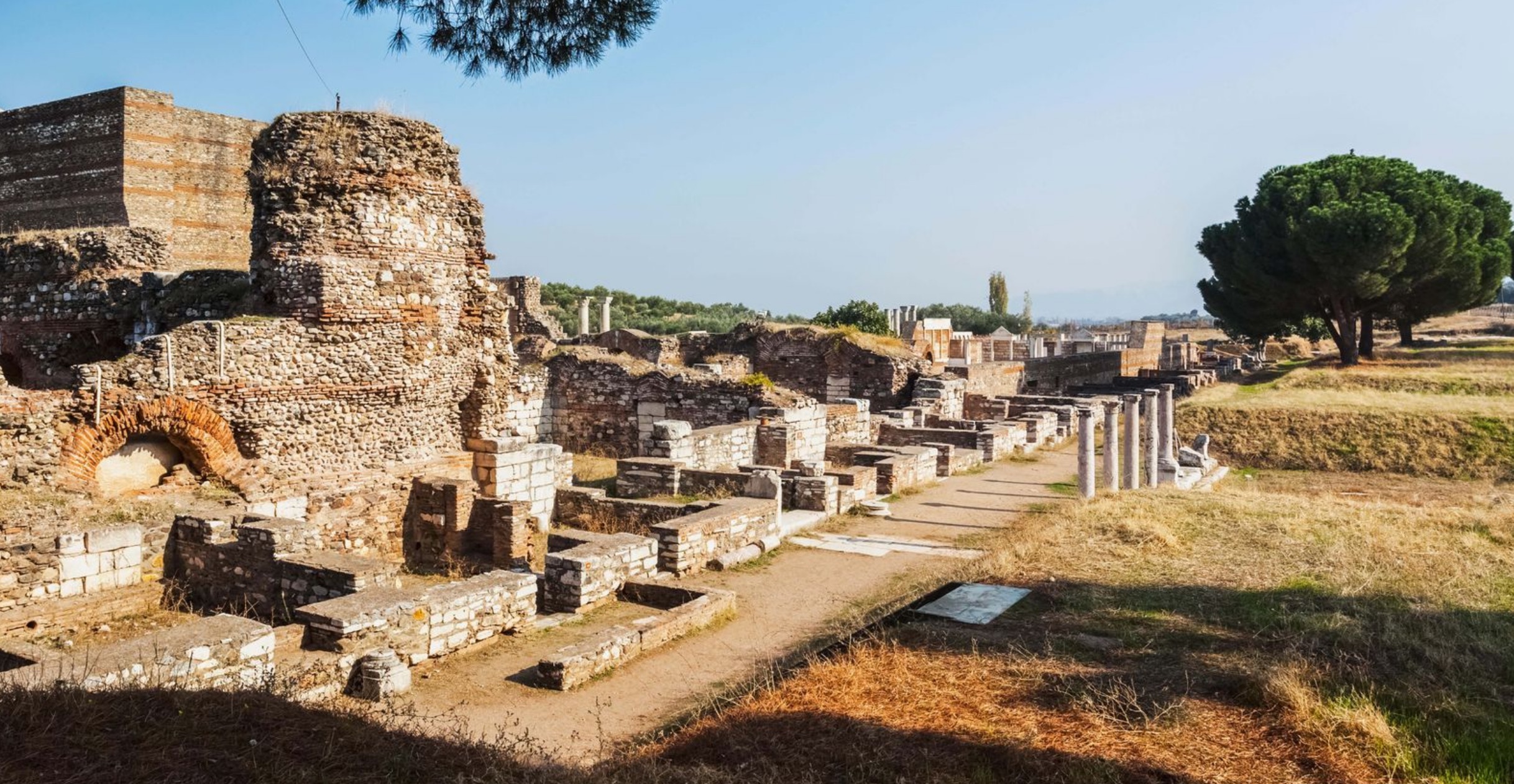
Messages were sent across the Persian Empire on the Royal Road, such as this section in Sardis, Turkey (Credit: BBC & Design Pics Inc/Alamy)
This is the most famous description of the Persian couriers and the ancient Persian postal system. In a slightly amended form that reads:
“Neither snow nor rain nor heat nor gloom of night stays these couriers from the swift completion of their appointed rounds”,
This now serves as the unofficial motto of the USPS. It can also be seen engraved on the facade of the USPS’ stately James Farley Post Office in New York City. In popular American culture, the phrase is associated with the dedication of the USPS worker to the extent that the mailman Cliff Clavin in the popular 1980s television series Cheers quoted it with pride to his drinking buddies.
On that note, so famous is Herodotus’ account of the Royal Road that the term has been used throughout history to refer to denote an effortless path. As written by Karl Marx in the preface to the French translation of his book Das Kapital:
“There is no royal road to science and only those who do not dread the fatiguing climb of its steep paths have a chance of gaining its luminous summits.”
After the fall of the Sassanian Persian Empire in the 7th Century AD, the Persian relay system of message delivery continued to be used – if not wholly, then at least partly by invaders like the Arabs and Mongols, as well as the indigenous dynasties that followed like the Safavids, Zands and Qajars.
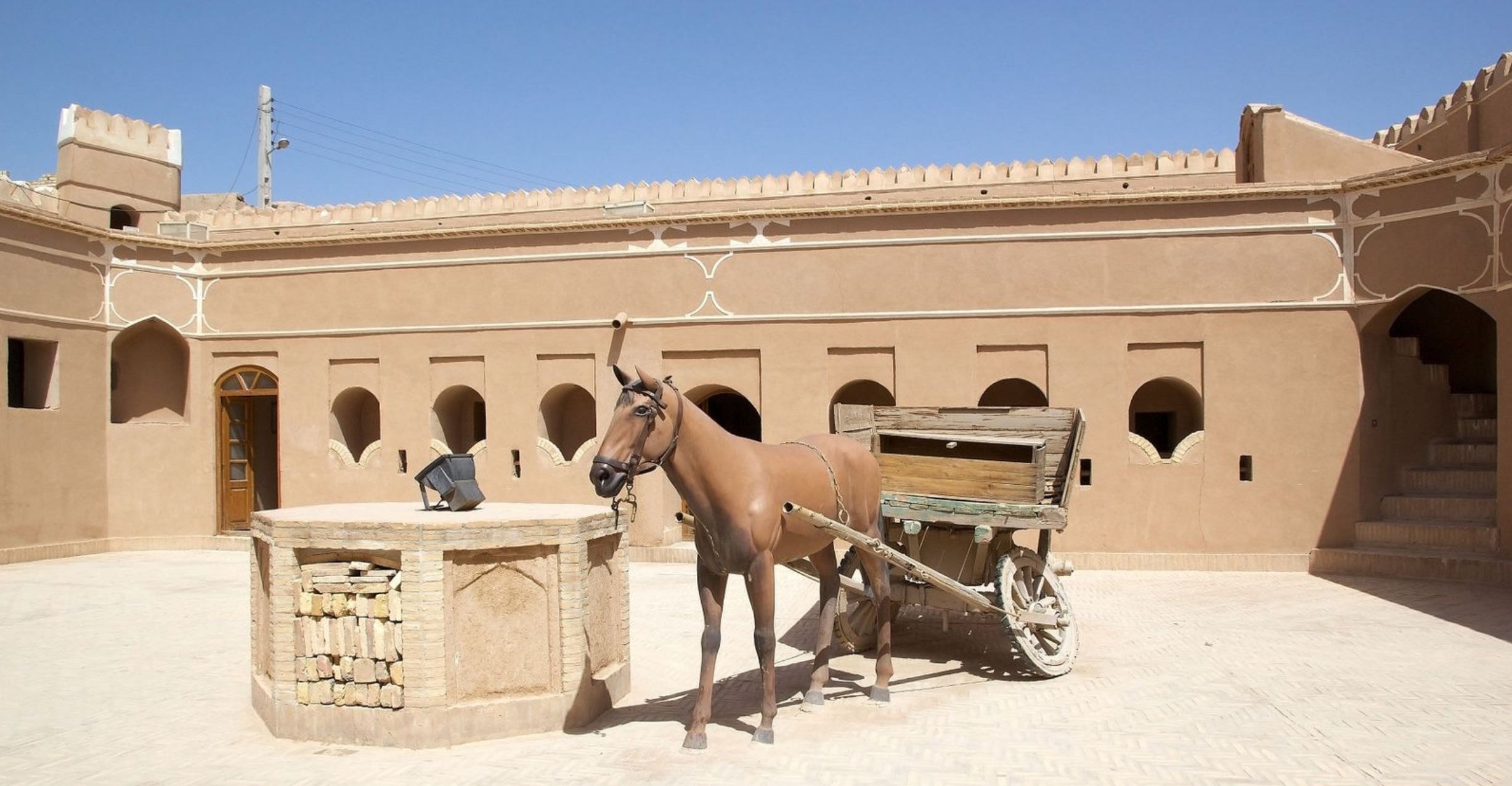
The chapar khaneh in Meybod is where important letters, messages and governmental depositeries would have been stored (Credit: BBC & Ajlber/Getty Images)
However, the Achaemenid (and Sassanian) glory days of the pirradaziš – by then referred to by the Turkish term chapar – were long gone. In her 1890s travelogue Persian Pictures, for instance, Gertrude Bell wrote about how she and her companions found themselves…
“...lying in a little alcove under the archway of a tiny tumble-down post-house, vainly demanding fresh horses”.
Nevertheless, the myriad chapar khanehs (post offices) that dotted Iran at the time, no matter how decrepit they could often be, were invaluable to travellers like Bell as they also served as little inns between major cities.As noted by Anderson in his late-19th Century travelogue My Wanderings in Persia:
“Kinarigird is the last stage from the capital of the Medes and Persians,” wrote T S “and it was with no small amount of satisfaction that I entered the chapar khaneh… [I] was soon enjoying (in slippers and loose jacket) the beauties of an Eastern moonlight, as also of a good dinner on the roof.”
Chapar khanehs are no longer used in Iran today, but they can still be seen throughout the country. In Meybod in central Iran, for instance, a Qajar-era (1785-1925 CE) chapar khaneh serves as a Post and Communications Museum (featuring wax figures of Qajar postmen) and tourist destination. And, although in ruins, an earlier one from the Zand period (1751-1794 AD) can be seen in the nearby village of Sar-Yazd. Elsewhere, travellers can visit the remains of a Safavid-era (1501-1736 AD) post office in Zafaranieh near the north-eastern city of Sabzevar.
The Royal Road and the Persian postal system may very well be things of the past, but the ingenuity of the Achaemenid Persians and the perseverance of their couriers continue to influence and inspire well beyond the borders of ancient Iran, and even the mighty Persian Empire.



